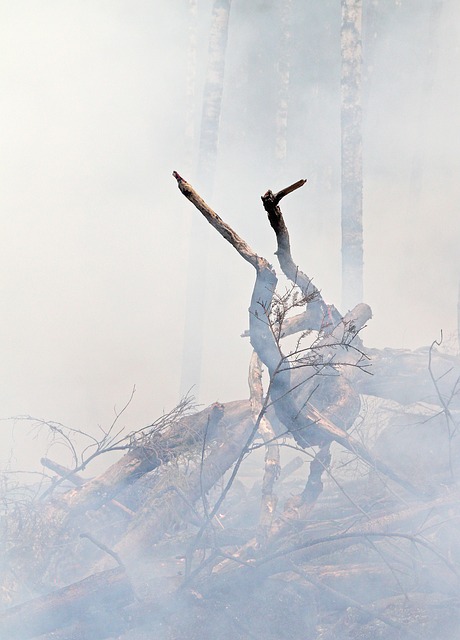Fire Protection Essentials and Respiratory Health, Part 2 — As the Dust Settles
As I wrote in my first blog on Fire Protection, the smoke that we’re experiencing in the Bay area is filled with the combusted contents of homes and businesses- things like plastic siding, wires and pipes, computers, flame retardants, carpeting with stain repellants like Teflon, lead paint from old houses, pressure treated lumber, and the list goes on. Even when the bulk of the particulate is from burning plant matter, there can be a substantial amount of mercury released into the environment from bioaccumulation. It’s easy to go into freak-out mode here.
I can also find the silver lining in the midst of the devastation, which is an opportunity to realign our priorities and get our houses in order on as many levels as we can. This is an opportunity for a paradigm shift — to make the changes we’ve each been debating for years, whether it means changing an unhealthy lifestyle pattern, assessing our consumption patterns particularly around the use of toxic materials, and helping to address some of the social and economic issues that are now more acute in our county.
How we take care of ourselves and each other now is one of the most determining factors of our overall health in the future.


